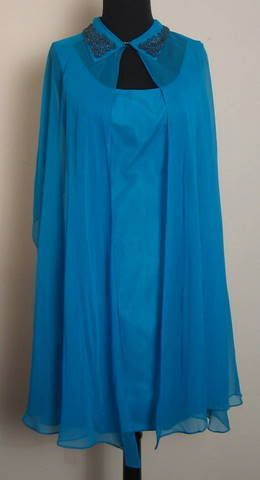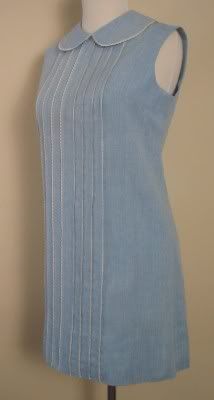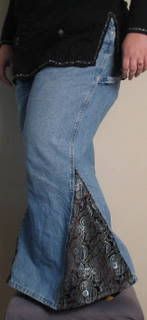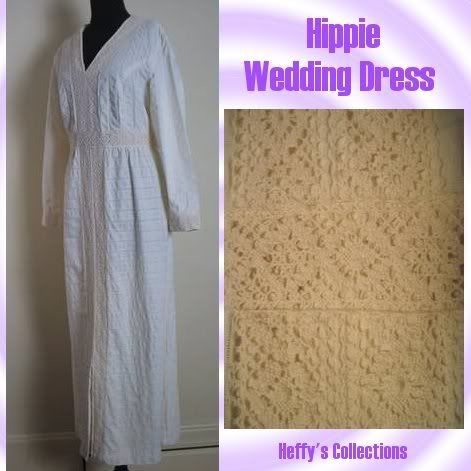The "60's were a time of change. The beginning of the decade was a continuation of the '50's and the New Look Dior introduced stayed in fashion. As the decade progressed, a more youthful trend emerged and styles with it. The sack dress introduced in the fifties became the shift in the '60's and it really grew in popularity. The Paris designers are credited with bringing a shorter skirt that Mary Quant in London took and made even shorter. The mini became standard wear for the younger set and by the latter part of the sixties, with their moms as well. First, let's take a look at the early '60's.
Fashion continued to be influenced by couture. JFK's arrival as President put Jacqueline Kennedy in the public eye. She favored suits with 3/4 length sleeves and a very polished look. It was a continuation of the '50's Paris designer influenced look. Her popularity gave American designers a chance to shine. Oleg Cassini designed the sheath suits-a fitted plain dress with a boxy jacket and very little decoration. Jackie loved the look, so it became the thing to wear. Here is a gorgeous simple sheath of brocade:

vintage dresses at
heffyscollections.comThis sheath has a sheer cape over, adding drama to the style:
 cerulean blue outfit
cerulean blue outfitSlowly, as the baby boomers grew in numbers, a younger look evolved. The shorter skirts became the norm in length, becoming mini skirts, and dresses were usually a shift style or baby doll. Colors went wild, with bright prints and vivid palettes. Yves St Laurent brought the Mondrian look to shifts, a block color print based on the artist's paintings. Emilio Pucci did wild psychedelic prints. It was definitely different from the earlier '60's and '50's styles.
 mini shift from the '60's
mini shift from the '60'sI can provide a slightly different perspective by taking a little walk through what we wore in the sixties. In junior high, I started wearing what was at the time a very collegiate look. Pleated skirts with buttondown or peter pan collared shirts with a sweater over top. The sweaters were crew, v-neck or cardigans buttoned down the front or the back. I don't know why we did it, but it was quite the thing to wear cardigans on backward buttoned all the way. Colors tended to be fairly straightforward, but new combinations were appearing. One of my favorites was pink with maroon. If we had realized it at the time, we were hedging toward the color explosion of the later '60's.
The skirts got shorter and shorter into high school when teachers started sending people down to the principal's office for a scolding and a trip home to change. The London look had arrived and we embraced it. Mod dresses, hip-hugger pants, wide belts, hats were all part of it. I don't think we realized how much our age group became the fashion trendsetters. This dress is mod with an op art print on the bottom. The dropped waist was a feature of mod styling.
 mad for mod at heffyscollections
mad for mod at heffyscollectionsDuring this time, synthetics were gaining also. Polyester, acrylics, vinyl and many other synthetic fabrics were seen more and more. The easier care these provided made them popular very quickly. Op art, pop art, psychedelics, and space age prints were done in smashing colors and an array of materials. It was great!
 Perfect for fall '60's dress
Perfect for fall '60's dress
 Perfect for fall '60's dress
Perfect for fall '60's dress
 Becky in her own bell bottoms
Becky in her own bell bottoms peasant shirt at heffyscollections
peasant shirt at heffyscollections a beautiful hippie dress
a beautiful hippie dress ethnic skirt
ethnic skirt vintage dresses at heffyscollections.com
vintage dresses at heffyscollections.com cerulean blue outfit
cerulean blue outfit mini shift from the '60's
mini shift from the '60's mad for mod at heffyscollections
mad for mod at heffyscollections